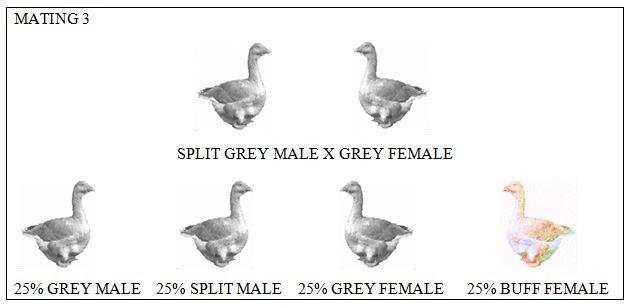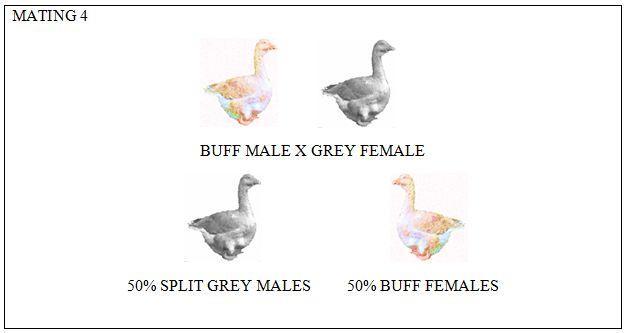BUFF GENETICS CHART AND MATING OUTCOMES.










Last edited:
Follow along with the video below to see how to install our site as a web app on your home screen.
Note: This feature may not be available in some browsers.









